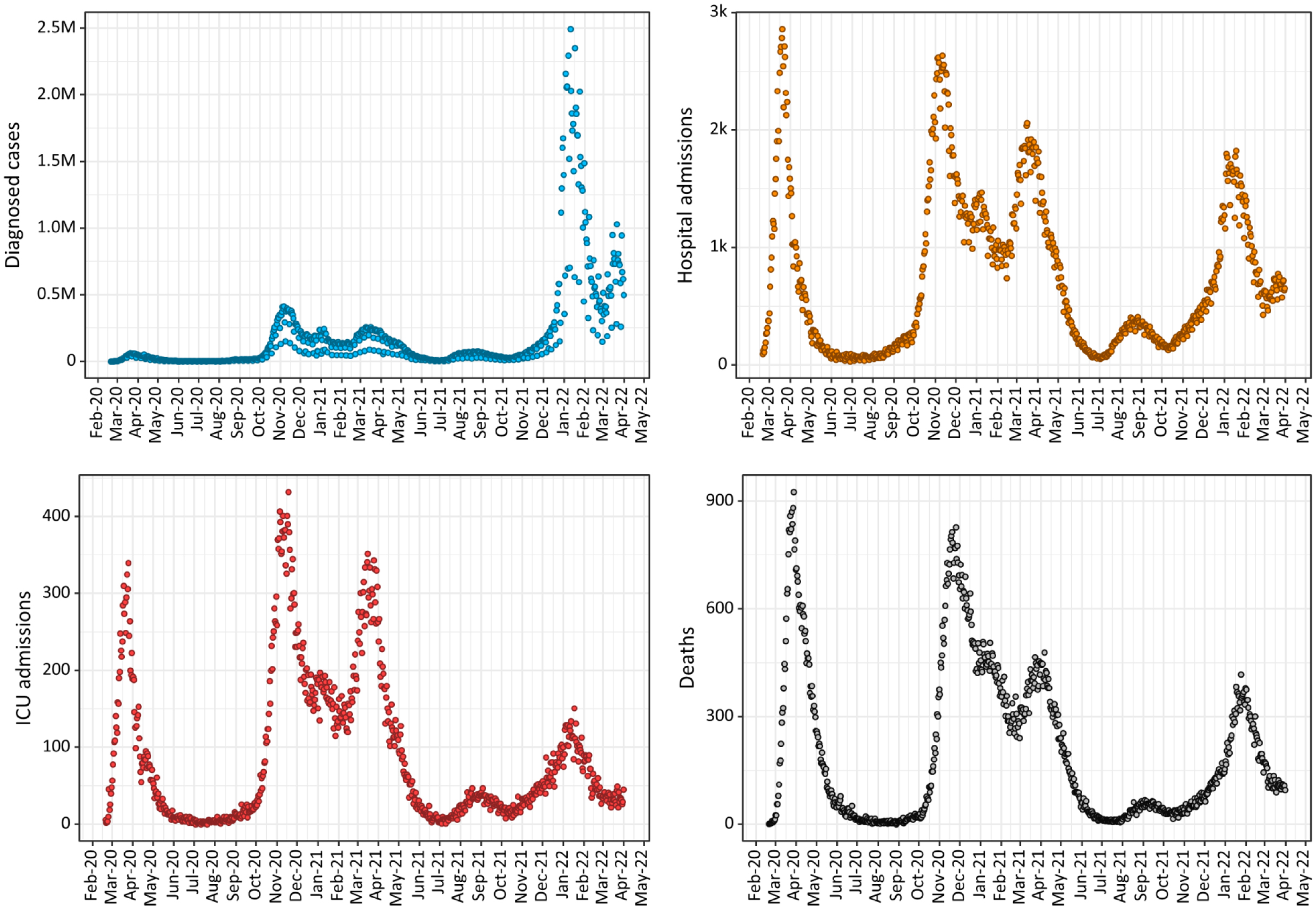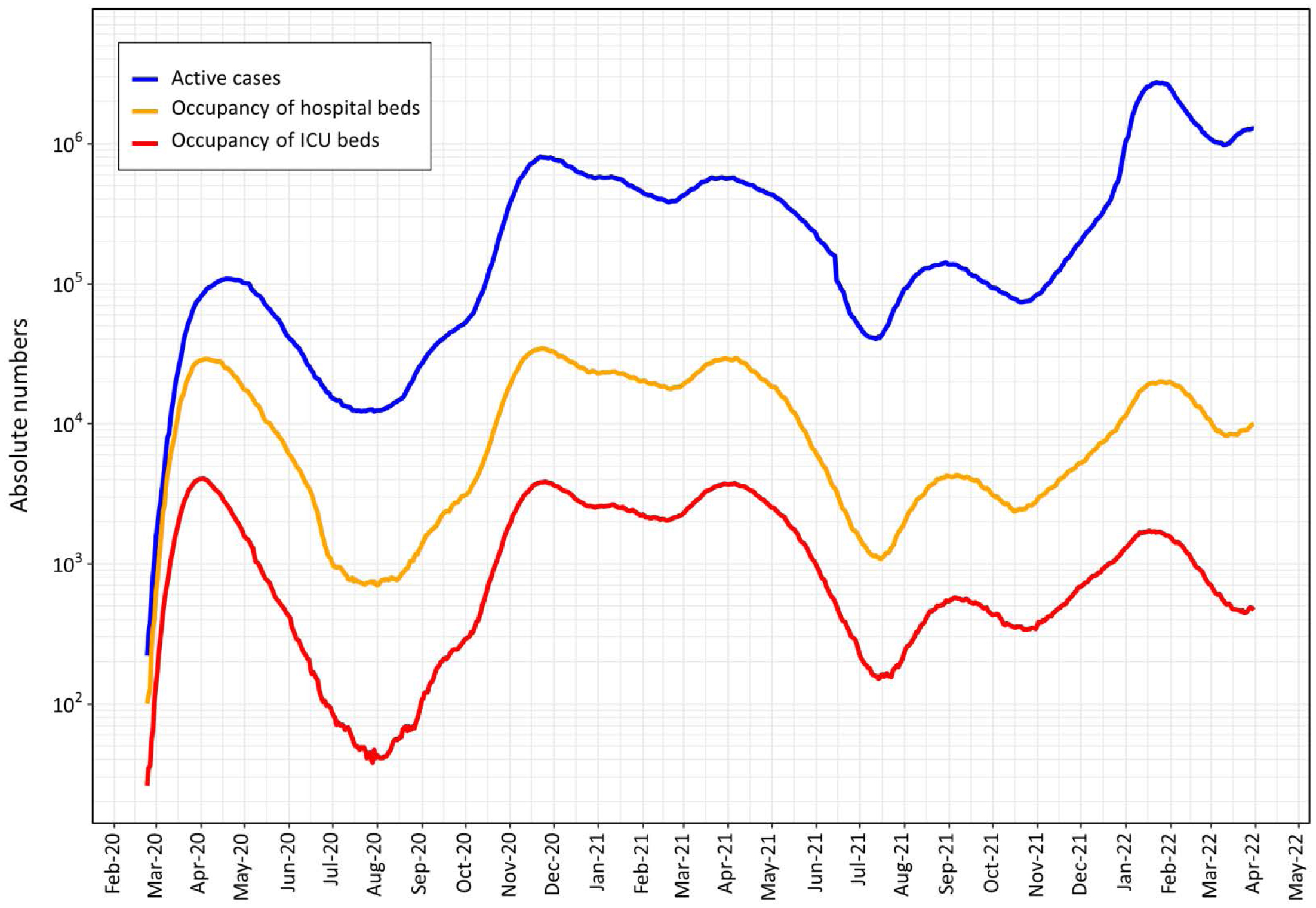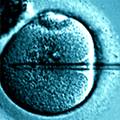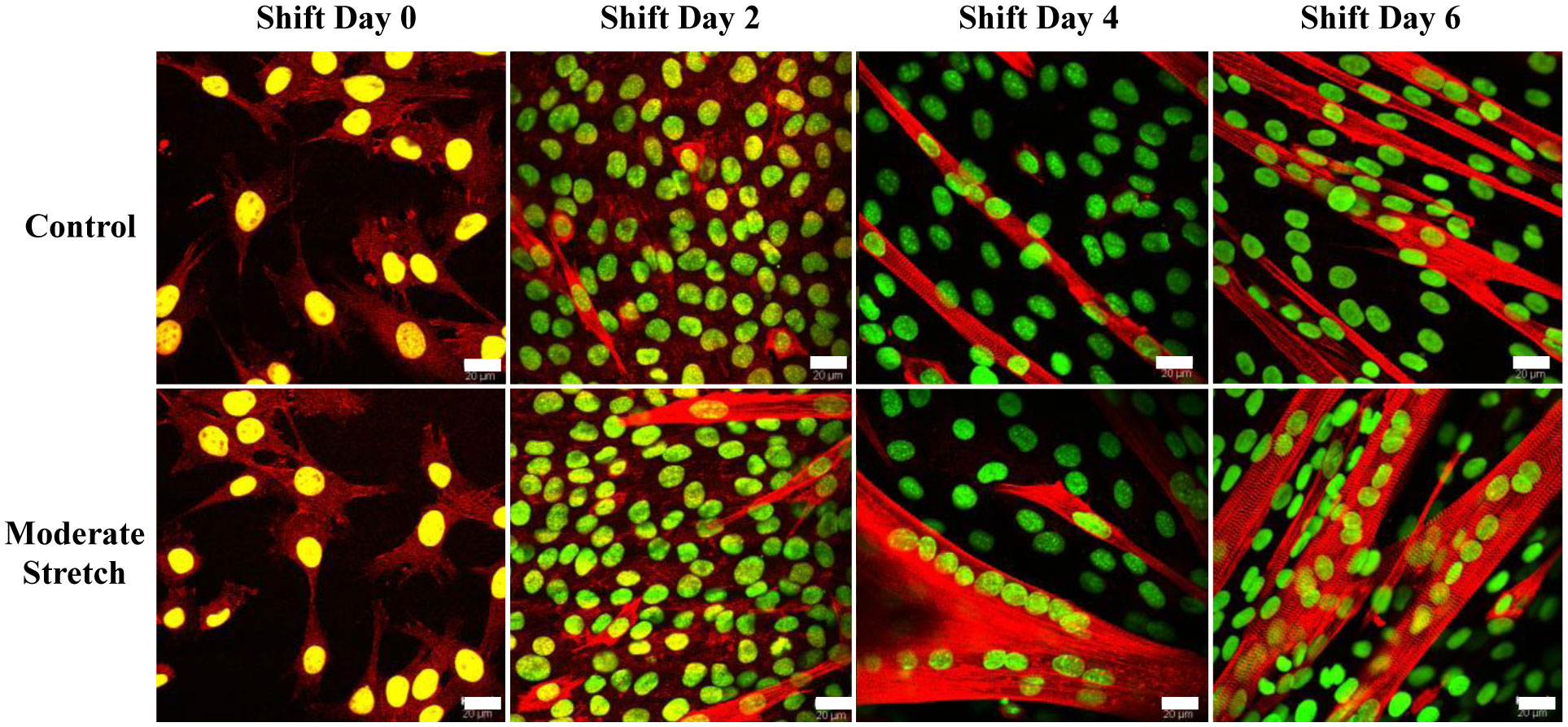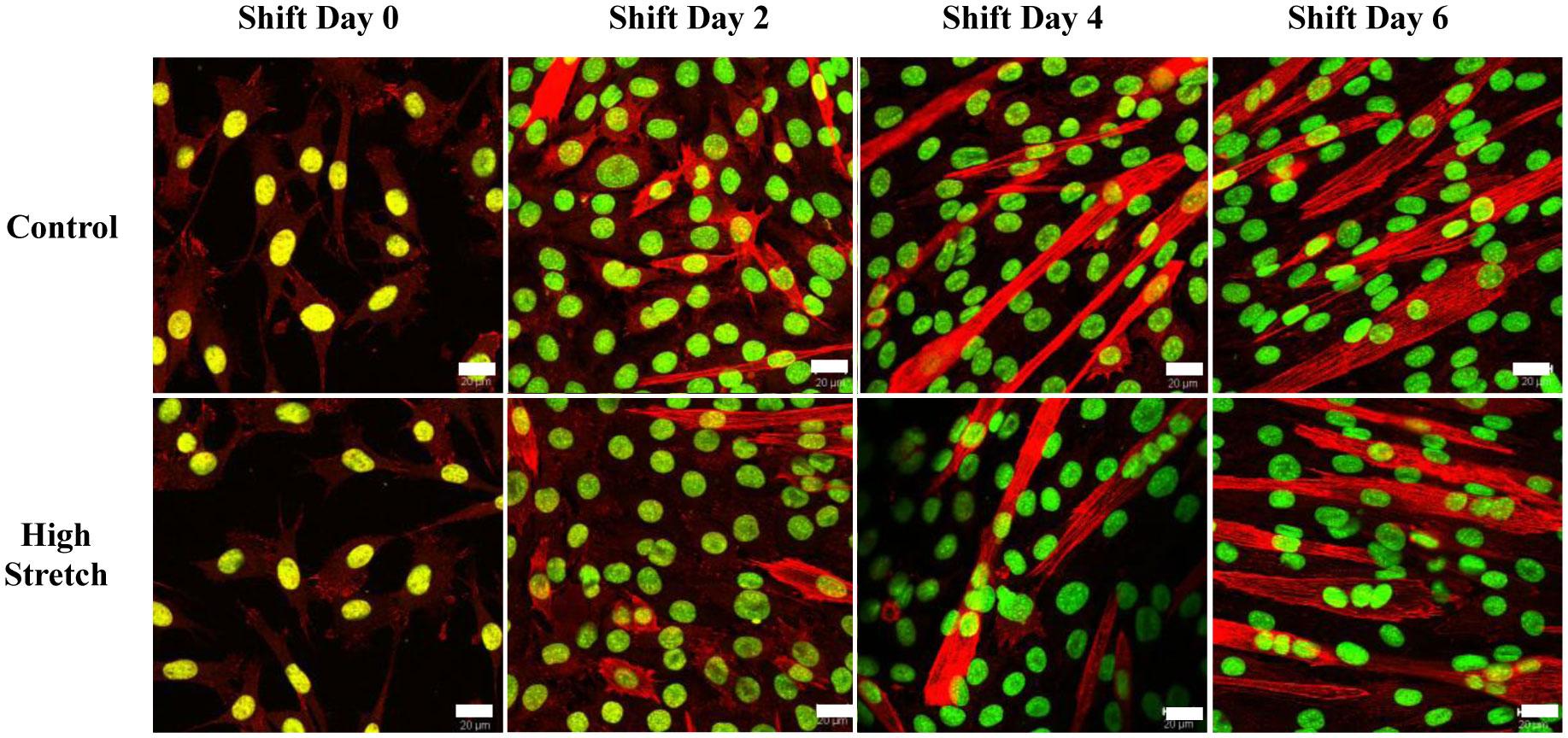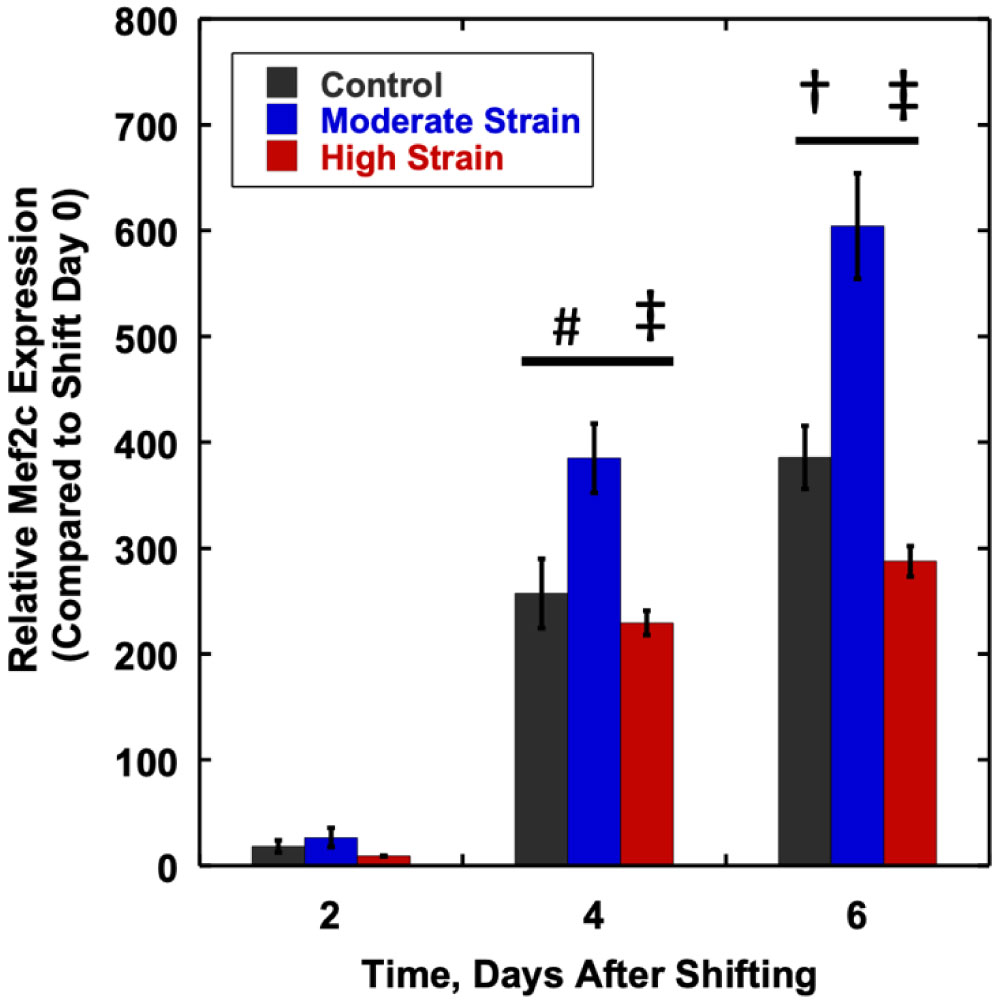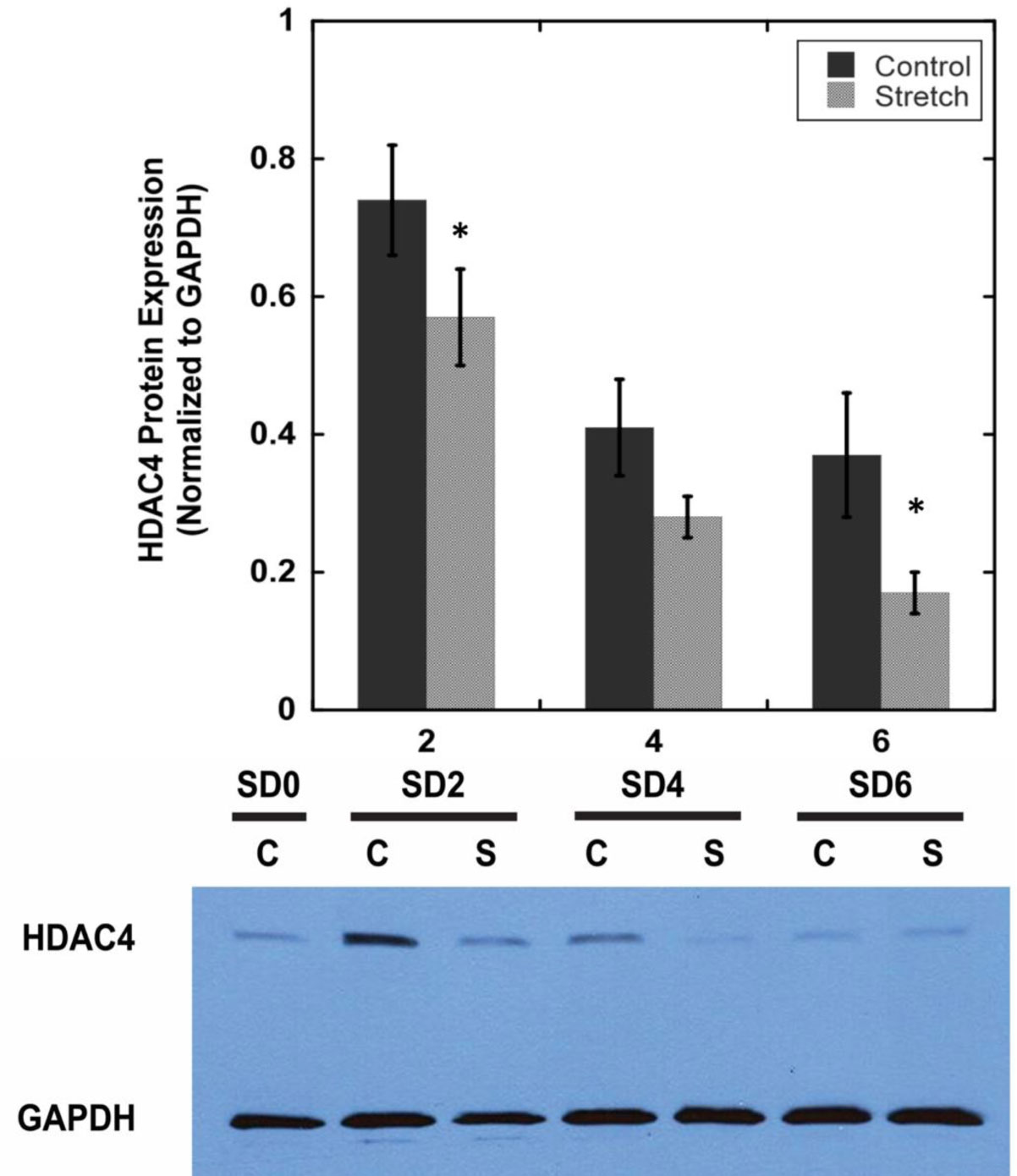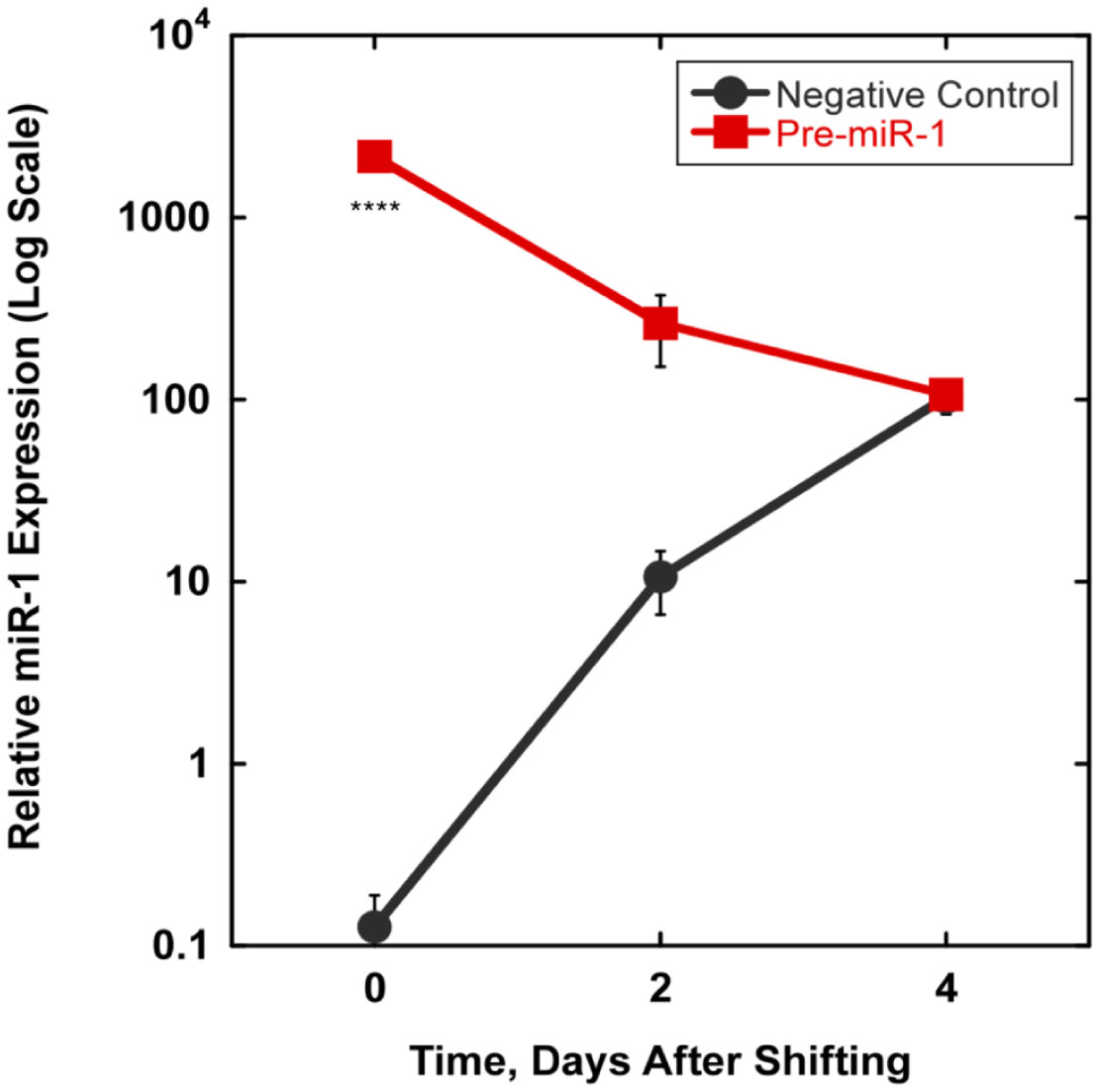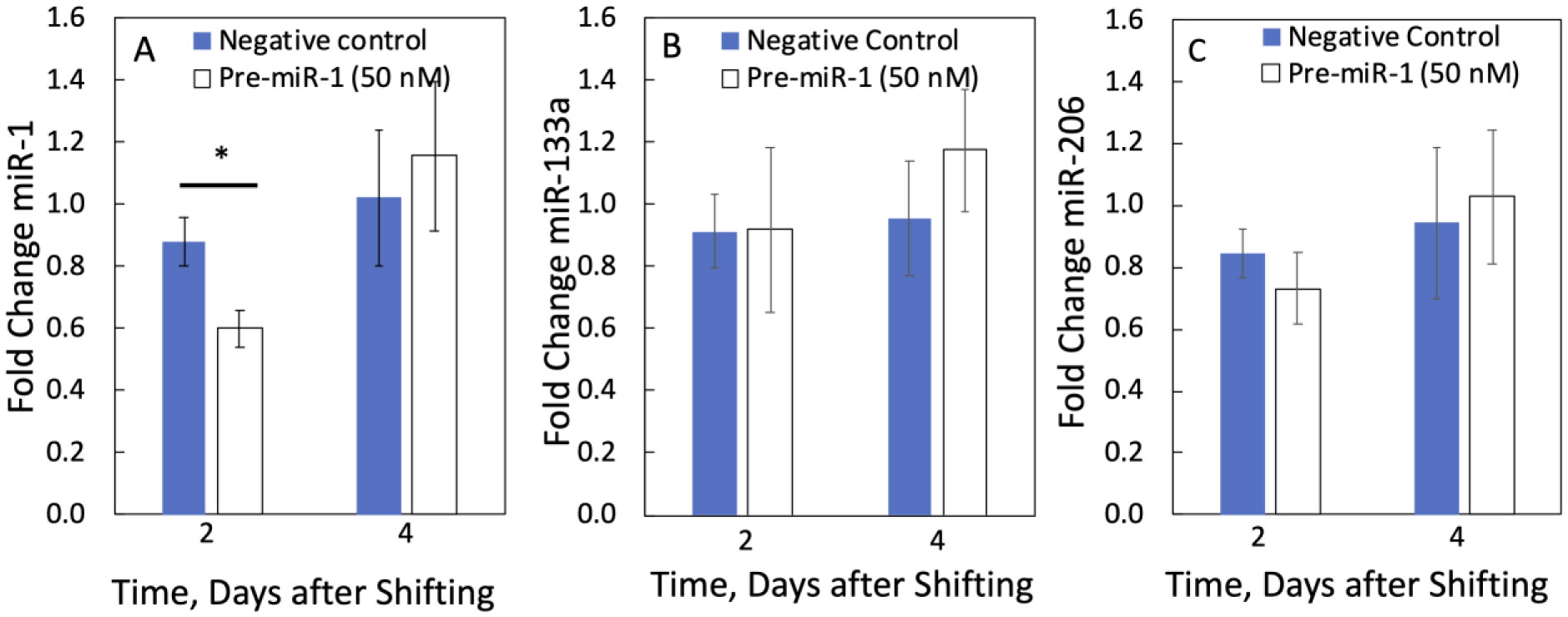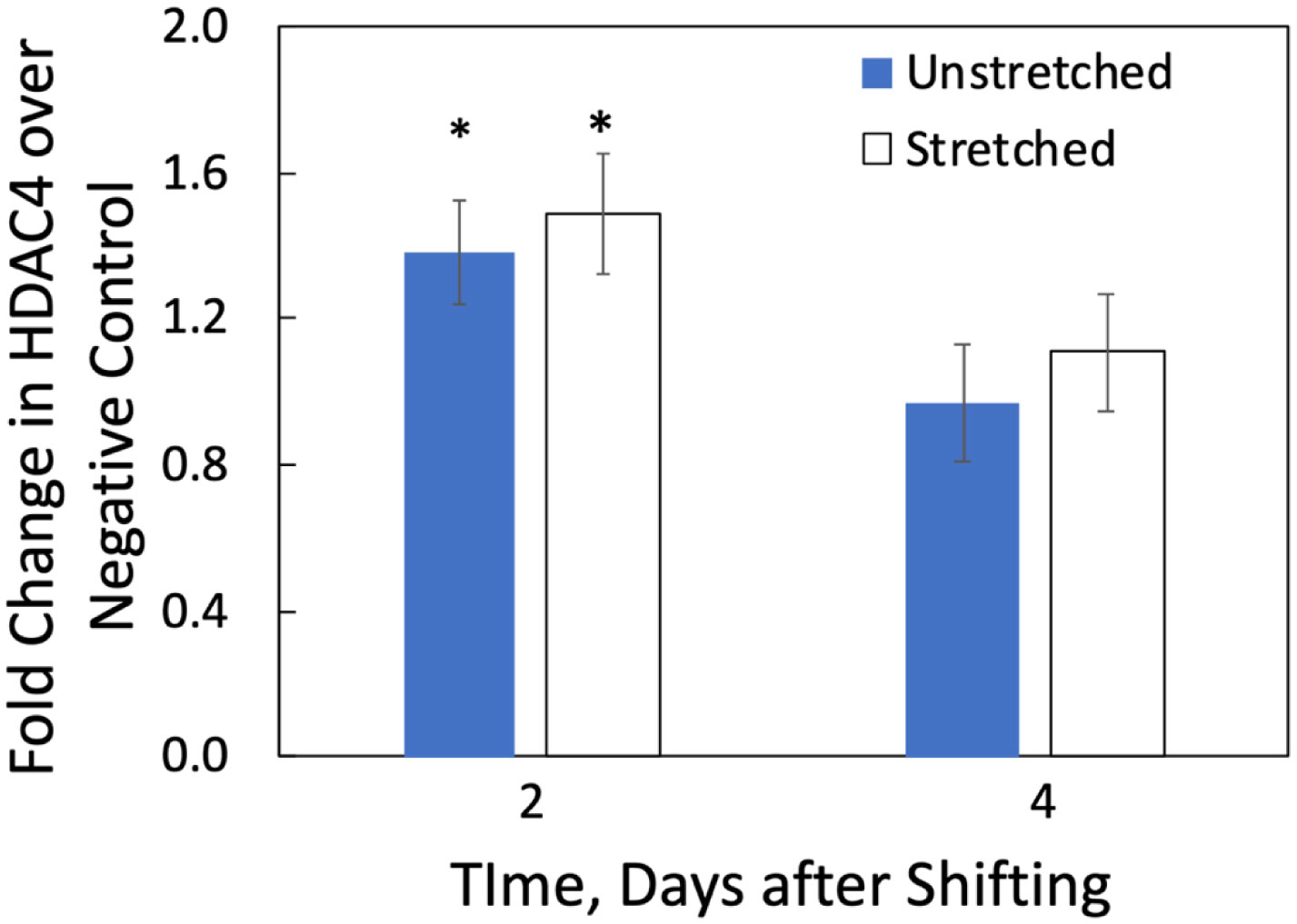1.
Introduction
1.1. The first wave
Italy was the first European country which was severely hit by the SARS-CoV-2 pandemic [1],[2]. The first wave started at the end of February 2020 in northern Italy, in areas located between Lombardia and Veneto. In order to limit the spread of infections in 11 municipalities, red zone areas were enforced, and the inhabitants were asked stay at home and avoid unnecessary interpersonal contact. Nevertheless, the spread of the novel coronavirus continued in Italy, and in order to contain the health emergency, a national lockdown was enforced on 8 March 2020 [3],[4]. The impact of the pandemic was considerable, causing approximately 100000 cases and over 11000 deaths in only one month [5]. As a matter of fact, the disease can cause pneumonia with consequent hospitalization of patients in wards or intensive care. In particular, an excess of gender-specific mortality accounting for age was observed [6]. However, during the summer 2020, infections decreased significantly [7], and most restrictions were lifted.
1.2. The second wave
With the autumnal season, a second pandemic wave caused a new health emergency. The Government did not declare a second national lockdown but decided to introduce restrictions only at the regional level, on the basis of real-time epidemiological risk assessments. Based on parameters such as transmissibility index and hospitalization burden, physical distancing measures were enforced through the implementation of different levels of restrictions coded as yellow, orange and red [8]. For example, in a red region, citizens were allowed to go out only for work, health or other urgent reasons. Only food outlets and stores selling essential supplies could stay open; schools and higher education institutions delivered tuition exclusively on remote basis through distance learning [9]. D614T was the prevalent COVID-19 strain detected in Italy throughout 2020 [10]. At the end of 2020, the Alpha variant (B.1.1.7) started to emerge in the United Kingdom and gradually became dominant, with similarities to the initial strains in its capacity to trigger the disease and immune response [11].
1.3. The third wave
At the end of February 2021, i.e., during the initial phase of the vaccination campaign, a new SARS-CoV-2 wave hit Italy. Measures to contain the spread of the coronavirus were similar to the ones implemented at an earlier stage and were primarily based on hospitalization burden. Social distancing was implemented through a regional tiered system of incremental restrictions, with a four-color code structure (“white” indicated a very low risk) [12]. The Alpha variant was prevalent until mid-2021. It was then gradually replaced by B.1.617 (Delta) [13]. With this new variant, the summer of 2021 was relatively contagion-free, with a slight increase of cases between August and September.
1.4. The fourth wave
From the beginning of November, a new increase in cases was observed. On 26 November 2021, the World Health Organization identified the B.1.1.529 (Omicron) as a variant of concern, with a much faster spread than the Delta variant [14]. This strain, however, showed decreased lung infectivity and seemed to be less pathogenic as opposed to the Delta variant and ancestral SARS-CoV-2 [15]. Due to the high infectivity, the Omicron variant become dominant in Italy in December 2021 [14]. Despite the vaccination of a large part of the population and containment measures enforced through the color system, there was a very high number of infected people between the end of 2021 and the beginning of 2022. On the other hand, differently from the previous waves, the hospitalization burden was less in absolute terms.
1.5. The vaccination campaign
The Italian National Health Service started its COVID-19 vaccination campaign on 27 December 2020, with priority given to healthcare professionals and fragile subjects, shortly after the police and armed forces and then personnel in schools and universities [16]. The first vaccine to be approved and administered was BNT162b2, with the commercial name of Comirnaty, which is an mRNA vaccine developed by BioNTech and distributed through a commercial agreement by Pfizer. This vaccine was administered through two jabs, three weeks apart [17]. Shortly after, other vaccines became available: notably, the Moderna mRNA-1273 SARS-CoV-2 [18], delivered with the same vaccination cycle, and the ChAdOx1 nCoV-19 vaccine [19], developed by the University of Oxford and AstraZeneca, which was administered through two jabs, three months apart. The last vaccine to be approved and distributed was Ad26.COV2.S [20], produced by Johnson & Johnson through its pharmaceutical arm Jansen and delivered through a single jab. BNT162b2 was also approved for children aged 5–11 nearly a year later, on 7 December 2021 [21]. Subjects which had already been diagnosed with Covid-19 were administered only one dose, 6–12 months following their full recovery [22]. Based on an extensive use of the European Digital Green Certificate, the Italian Government established what was called Green Pass, an official document which allowed the free movement of citizens during the Covid-19 pandemic [23]. In September 2021, the vaccination campaign to administer a new vaccine dose (booster) was launched. The additional jab was required due to the gradual decline in efficacy which had been observed already some months after the initial vaccination [24]–[26].
In this article, we report a retrospective epidemiological study that evaluates and compares the SARS-CoV-2 waves at the national and regional levels. The analysis is based on publicly available data, and it takes into consideration the pandemic evolution and the impact on public health in terms of infections and hospitalizations.
2.
Materials and methods
2.1. Data sources
Data updated daily regarding new diagnosed cases, hospital ward or intensive care unit (ICU) admissions, and deaths were obtained through counts of the National Institute of Health [27]. Data updated daily regarding active cases and occupancy of hospital and ICU beds were collected through sources of the Civil Protection Department [28]. The active cases variable was defined as the total number of infected people, being in one of these health states: asymptomatic, symptomatic or hospitalized. We obtained the data related to the availability of beds in ICU from the National Agency for Regional Health Services [29], whereas data on vaccine administrations was gathered through the Civil Protection Department [28].
2.2. Data analysis
Our analysis covers the period from February 2020 until March 2022. Based on contagions trend, we considered four pandemic waves in the following time intervals:
(1) 1st wave, from 20 February 2020 to 31 July 2020;
(2) 2nd wave, from 1 August 2020 to 20 February 2021;
(3) 3rd wave, from 21 February 2021 to 15 July 2021;
(4) 4th wave, from 16 July 2021 to 6 March 2022.
For each wave, we also considered a restricted time interval of one month around the peak, for a more specific evaluation. Based on major pressure on hospitals, we considered the following periods:
(1) Peak of the first wave, from 15 March to 15 April 2020;
(2) Peak of the second wave, from 10 November to 10 December 2020;
(3) Peak of the third wave, from 15 March to 15 April 2021;
(4) Peak of the fourth wave, from 10 January to 10 February 2022.
For each period (wave or peak), the incidence was calculated by dividing the number of cases by the population per 100000 inhabitants. We considered a number of inhabitants in Italy of 59.8 million on 1 January 2020, as reported by the National Institute of Statistics [30]. Our data analysis was presented on the basis of the autonomy of the Italian regions and autonomous provinces (Trento and Bolzano). As a matter of fact, the Italian healthcare system is a decentralized system, with 21 regional health systems [31] (names and locations of the Italian regions are reported in the Supplementary Figure S1). In general, in association with the waves, we reported diagnosed cases, hospital and ICU admissions and deaths. These variables represent new daily counts for each category. In relation to the peaks, we generally reported active cases, bed occupancy in hospitals and ICU and deaths. These variables refer, respectively, to the total of infected persons in any health condition, bed occupancy merely in hospital wards and bed occupancy only in ICU. In practice, the wave variables count the number of new subjects in one of the health conditions, while the peak variables take into account the duration of a health condition. We also considered other parameters, such as the case fatality rate (CFR) and the ratio between the two variables. Figure 1 shows a schema of the COVID-19 pandemic evolution in Italy and the study characteristics. In the following, the k and M symbols respectively indicate 103 and 106, as defined in the SI units. Data elaboration was obtained through developing in-house software by R programming code [32].
2.3. Statistical analysis
We expressed continuous variables as mean ± standard deviation (SD) or median and quantiles, as appropriate. In particular, normality of the data distributions was verified by the Shapiro-Wilk test [33]. Categorical data were summarized as percentages. We analyzed differences between groups by χ2 test or Fisher exact test, as appropriate [34],[35]. In order to assess the temporal trend of the variables, we performed a χ2 test for trend in proportion [34],[35]. Trends for variables not in proportion were evaluated through the use of an adjusted coefficient of determination (R2) related to a linear model [36]. In order to verify correlations between variables, we used a non-parametric Spearman ρ test [37]. Odds ratios and associated 95% confidence intervals (CI) for CFR were computed by using the Fisher exact test [34],[35]. The 95% CI for the other ratios between variables was estimated as 1.96 times the sum of the relative errors, assuming the square root of the variable as absolute error. We considered two-sided P-values < 0.05 as statistically significant. Statistical analysis was performed by using the R software version 3.6.3, together with the additional extra packages dplyr, ggplot2 and mapIT [32].
2.4. Ethics statement
This study complies with the Declaration of Helsinki. Data used in this study are publicly available, and no patients were involved.
3.
Results
3.1. National level
Table 1 reports the number of diagnosed cases, hospital or ICU admissions, deaths and ratios between variables during the four COVID-19 waves. From February 2020 to March 2022, there were about 13 million diagnosed cases and more than 150000 deaths. Through this period, the decrease of deaths as opposed to the number of infected persons is reflected in a significant lessening of CFR (P < 0.001). Instead, the ratio of hospital admissions to deaths increased significantly in relation to the four waves (R2 = 0.97, P = 0.001), indicating that for each deceased person there were from 2.57 to 5.17 hospitalized patients. Lastly, the ratio of deaths to ICU admissions showed that for each patient admitted in ICU, there were from 3.34 to 2.36 deceased persons, without a significant temporal trend (R2 = 0.10, P = 0.37).
Figure 2 shows counts regarding the wave variables during the period of observation. Such data refers to daily counts of new patients assigned to only one of the four categories. With regards to diagnosed cases, values smaller than the main trend refer to the counts during weekends and public holidays, when a lower number of swabs was performed. We also studied these variables stratified by gender and age decades, shown in the Supplementary Figure S2. In general, we observed significant variations with respect to gender, with a higher percentage of males as compared to females. Only for some stratifications—such as ICU admissions and deaths—we did not find significant differences among younger people. It is worth highlighting the change in the distribution profiles of the diagnosed cases.
Table 2 summarizes the incidence of the wave and peak variables. Regarding the waves, we observed a significant increasing trend for diagnosed cases (P < 0.001) and a significant decreasing trend for deaths (P = 0.005). In addition, we reported the survival median for patients admitted in ICU and deceased. The calculation was obtained through a distribution based on the time interval from 0 to 49 days [27]. We did not find a significant trend for patient survival (P = 0.62). Concerning the peaks, only the temporal trend related to active cases was significantly increasing (P < 0.001).
With regards to available ICU beds in Italy, in the pre-COVID-19 era, the incidence was 8.4 (as of 1 January 2020). During the COVID-19 era, the incidence increased up to 15.9 [29]. Based on these data, we also calculated the ratio between occupancy and available ICU beds, assuming a period of stay for patients in ICU of 10 days (i.e., using a third of the peak incidence reported in Table 2). With this assumption, the ICU bed occupancy incidence was about 7 times greater than the available ICU bed incidence in the pre-COVID-19 era during the first three peaks (~62/8.4). The ratio decreased to about 2 only in the course of the fourth peak (28.3/15.9).
Figure 3 shows the numbers of active cases and the hospital and ICU bed occupancies during the two years of observation. It is worth mentioning that, despite the increasing number of active cases, the hospital and ICU bed occupancies remained approximatively constant during the first three peaks. In contrast to what was expected, the peak for active cases during the first wave (around 6 May 2020) followed the spikes detected for hospitalized individuals (around 25 April 2002 in wards and around 20 April 2020 in ICU). The maximum number of active cases during the fourth wave was about 25 times greater than that of the first wave (2.7 million vs 108257). During the second wave, a higher number of hospital beds was occupied (34697), with a ratio of 1.7 as compared to the fourth wave. Instead, higher occupation of ICU beds was detected during the first wave (4068), with a ratio of 2.4 as compared to the fourth wave.
Table 3 summarizes CFR stratified by gender and decades of age for each COVID-19 wave. The odds ratios show a significant difference between genders from young adults to elderly people (P < 0.05). It is noteworthy that from the second to the fourth wave, the significant odds ratios are generally superimposable. For each wave, we also found a significant increasing trend for the CFR with respect to age (P < 0.001).
3.2. Regional level
Similar to the wave and peak variables at the national level, we calculated incidence and trends at the regional level. In line with the national trend, we found a significant increasing trend of the diagnosed cases for all the regions (see Supplementary Table S1). In contrast with the national trend, Calabria, Campania, Sardegna, and Sicilia showed a significant increasing of death incidence. Figure 4 depicts a regional graphic representation of the wave variables. The graphs show that during the first wave, the regions of north-west Italy were most affected (particularly Lombardia). The second wave hit the Italian regions in a generalized way, with incidence values greater than the first wave, sparing only Calabria. The third wave was similar to the previous in spatial distribution, with less dramatic incidence values, and more comparable to the first wave. A greater number of infections characterized the fourth wave. Concerning hospital admissions, we observed similar incidences as compared to the third wave and lower values for the ICU admissions and deaths. In general, the regions were hit in a scattered way, with extreme values in both the north and south of Italy.
Regarding the peak variables at the regional level, we found a significant trend for the active cases in all the regions (see Supplementary Table S2). Concerning hospital bed occupancy, for Emilia Romagna, Liguria, Lombardia, Marche, P.A. Trento, P.A. Bolzano, and Piemonte, a decreasing trend was observed. Only for Veneto the trend was not significant, whereas for the other regions it was increasing. With regard to ICU bed occupancy, Calabria, Lazio and Sicilia showed a decreasing temporal trend, whereas it was not significant for Campania, Friuli-Venezia Giulia, Molise, Puglia and Sardegna. Concerning death incidence, Emilia-Romagna, Liguria, Lombardia, Marche, P.A. Trento, P.A. Bolzano, Piemonte, and Valle D'Aosta showed a decreasing temporal trend. Only for Sicilia it was increasing, whereas no significant trend was observed for the other regions.
Table 4 reports regional data related to the number of inhabitants [30], incidences of the hospital and ICU beds in the pre-COVID-19 era and during the COVID-19 era [29] and patient survival in ICU [27]. As an economic index, we also reported the average annual income per household [30]. During the COVID-19 era, the incidence of ICU beds increased in all regions and autonomous provinces as compared to the incidence in the pre-COVID-19 era. It is worth noting that doubling the number of ICU beds was not sufficient to decrease the trend of deaths during the waves and peaks for Campania, Sicilia and Veneto. Based on such data, we also assessed the correlation between peak variables and available beds. Significant correlations were found between incidence of available and occupancy hospital beds from the second peak onwards (ρ = 0.74, P < 0.001; ρ = 0.59, P = 0.005; ρ = 0.45, P = 0.038). We also observed a significant correlation between available and occupancy ICU beds during the fourth peak (ρ = 0.46, P = 0.036) and a tendency during the second peak (ρ = 0.43, P = 0.055). Lastly, a significant correlation was observed between the incidence of available ICU beds and deaths during the second peak (ρ = 0.48; P = 0.028). Median survival days for the patients in ICU was lower in Toscana (6 days), whereas it was higher in Abruzzo and Umbria (13 days). No significant correlation was found between the survival medians and available ICU beds during the COVID-19 pandemic (P > 0.47).
4.
Discussion
During the first 2020 wave, as opposed to the entire period of observation, patients hospitalized in ICU had a lower survival rate. In particular, of every 4 patients admitted, only one survived. As a matter of fact, the peak of hospitalized subjects detected prior to the surge in active cases indicates a saturation of available beds. The first outbreaks occurred in northern Italy with some regions such as Emilia-Romagna, Liguria, Lombardia, Piemonte, Veneto, and Valle d'Aosta suffering from a more severe impact. Thanks to the national lockdown, the spread of COVID-19 was confined predominantly to northern Italy.
The second SARS-CoV-2 wave hit the country more severely as opposed to the first upsurge. The cause of the strong increase in contagion was related to the milder restrictions, and the effect was observed thanks to the change in guidelines to apply COVID-19 tests. If we continue such comparison, throughout the second wave confirmed cases were ten times greater, the hospital and ICU admissions were over double in size, and the deaths were almost double. Also, comparing the two peaks, we found higher incidences during the second peak in comparison to the first peak. However, the CFR was drastically reduced, the ratio of hospital admissions to deaths increased, and the ratio of deaths to ICU admissions decreased. It is important to remember that the prevalent COVID-19 strain in Italy was the same during the first two waves [10]. These results lead us to infer that in the course of the first wave, there were more infections than those detected and less effectiveness in the treatment of severe disease. Anyway, the impact in emergency health terms was superimposable between the two waves. We can therefore infer that the system of physical distancing measures was less effective than the lockdown implemented during the first wave, and the health system was not adequately prepared to face the second wave.
During the third wave, incidence of the diagnosed cases and hospital or ICU admissions was almost half as compared to the second wave, incidence of deaths was more than halved, whereas CFR and the other ratios slightly improved. For the duration of the peak, the major differences between incidences, as compared with the previous wave, were noted for the active cases and deaths. The Alpha variant was dominant during this wave. Infections spread fairly evenly in the national territory, only affecting Sardegna in a less marked way. Likely, both the restrictive measures adopted and the low percentage of immunized people did not effectively stop the coronavirus spread. As a matter of fact, about 10% of the Italian population was immunized with one dose thanks to the vaccination campaign at the end of March 2021, whereas the immunization through two doses was about 5% (see Figure 5). Therefore, during this wave the vaccination campaign had limited effectiveness against the spreading of the coronavirus.
During the initial phase of the fourth wave, a slight loss of vaccine efficacy should be considered. In fact, limited variance in vaccine effectiveness was observed with the Delta variant as opposed to the Alpha variant, once subjects had been administered two vaccine doses. Instead, more marked differences were noted after the first dose [38]. However, starting from the beginning of November 2021, the spread of the coronavirus was very rapid. The initial trend from linear became exponential in a few weeks, and the Omicron variant became prevalent during this wave. Due to its lower pathogenic level compared to the Delta variant [39], there was a smaller number of hospitalized persons and deaths with respect to the previous waves. Regarding the peak variables, we found lower incidence levels for occupancy of hospital and ICU beds, and deaths. At the regional level, Sicilia had higher incidence of ICU admissions and deaths. The fourth wave had a wider circulation despite the fact that in early November 2021 about 75% of the Italian population had received a first vaccine dose, and about 70% had also received a second jab (see Figure 5). The coronavirus transmission could also be due to the fact that immunization with two doses of the Oxford-AstraZeneca or Pfizer-BioNTech Comirnaty vaccine provided limited protection against symptomatic disease caused by the Omicron variant. Instead, a booster dose of mRNA vaccine after either the Oxford-AstraZeneca or Pfizer-BioNTech Comirnaty substantially increased protection, even if this waned over time [39]. Concerning this point, there was no timely vaccination coverage. In fact, half the population was administrated a booster dose around mid-January 2022.
Analyzing data stratified for age decades and gender, only the diagnosed cases variable showed a trend reversal over time. At the beginning of the COVID-19 pandemic, the disease spread among the elderly. In particular, mortality was high in retirement nursing homes [40]. Later in time, fewer restrictions contributed to the coronavirus spread among young people.
In general, CFR was greater for males as compared to females from the age of thirty onwards. Consequently, we found higher OR values for young and older adults. The COVID-19 variants could partially explain this particularity observed between sexes. In any case, the sex-related mortality seems to be associated with several factors: genetic predispositions, sex hormones, immune system responses and non-biological causes. Moreover, determinants of morbidity and mortality remain unclear [41]. Hospital-level factors such as ICU occupancy may also confer additional risk to individual patients, such as during periods of maximal stress on healthcare systems [42].
The temporal trend of the variables was driven by the characteristics of high infectivity and low pathogenicity of the Omicron variant. As a matter of fact, prior to the fourth wave, higher incidence in terms of hospitalizations and deaths was observed during the second wave. In particular, the impact on ICU occupancy was about the same for the first three peaks. Logically, the national trends were obtained as resultant of local ones. More in detail, only the increasing temporal trend of infections was in line with all regions and autonomous provinces. For the other variables, in some cases, the local trend was in contrast to the national tendencies. These differences indicate a better (or worse) local trend as opposed to the national average. In general, a temporal trend depends on various factors, such as the impact of outbreaks and public health interventions in terms of efficiency and timeliness. For example, the response of a hospital to the pressure due to contagion in the area can depend on the considered time interval. On this point, in our investigation we observed that for some regions the trend of death variable related to the waves was different with respect to the peaks.
Based on the autonomy of regional health authorities, the number of hospital and ICU beds was increased in relation to the public health needs during the COVID-19 era. In particular, the positive correlations observed between available and occupancy beds could be interpreted as caused by the increasing creation of new beds based on the increasing number of hospitalized subjects and deaths. Concerning hospital beds, the correlations were significant from the second wave onward. This could be related to the conversion of ordinary beds into beds for patients affected by COVID-19. Likely, the recurrent correlations in the course of the second peak are an indicator of the strong impact in the course of that wave.
Among European countries, COVID-19 spread in Spain was similar to that in Italy. The first two waves occurred in periods approximatively coincident with Italy, while the third wave happened between January and February 2021. In Spain in 2020, there were hospitalized 117694 patients, with an in-hospital mortality of 18% [43]. Although in our data deaths consider both in-hospital and in-house deceased patients, in Spain the initial impact of the SARS-CoV-2 was less devastating than in Italy. Instead, from the beginning of the pandemic until June 2021, a total of 363960 COVID-19 hospitalizations and over 80000 deaths were recorded in Spain [44]. Considering that Spain has about 47.5 million inhabitants, the incidence of hospitalized patients was greater than in Italy (742 vs. 557, per 100000 inhabitants), while the incidence of mortality was less (171 vs. 213, per 100000 inhabitants). In Spain, the incidence of hospitalizations increased exponentially with age, and individuals older than 60 years of age accounted for 65% of all COVID-19 hospitalizations [44]. Similar to what happened in Italy, the vaccination campaign in Spain started at the end of 2020, with a prioritization of the elderly groups. This strategy prevented a fourth wave of COVID-19 hospitalizations during the spring of 2021 [44].
The main limitations in our study are related primarily to the accuracy of the number of cases reported and the timely update of data being used. In order to minimize this risk, we downloaded data when they were consolidated, i.e., several months after last date considered. Instead, an unavoidable limitation concerns the hospital beds counts, which began on 3 November 2020 [19]. Therefore, no correlation related to the first wave was calculated. Another limitation is due to the asymptomatic subjects that may not be counted as infected persons. A retrospective study fixed the proportion of asymptomatic individuals in Italy to be at 19.9% during the course of the first wave [45]. However, some asymptomatic individuals were found to be positive by tracers which, together with vaccinations, represented a fundamental arm against coronavirus disease [46].
5.
Conclusions
Our analysis highlighted several aspects of the SARS-CoV-2 disease impact on Italian public health. The findings related to the first wave seem to indicate that Italy was not sufficiently prepared to face the novel coronavirus pandemic [47],[48]. Probably, this could also be due to the health policies adopted in the years preceding the COVID-19 pandemic. For example, from 2010 to 2020 there was a decrease in the number of beds in healthcare structures for infectious disease and pneumology [49]. Unlike expectations, the second wave had the more significant impact on public health. Furthermore, the incidence of ICU bed occupancy was superimposable during the first three pandemic peaks, underlining that the health system was close to collapse during periods of maximum stress. These results seem to suggest that the lesson related to the first wave [50],[51] was not totally received by decision makers. Probably, a lockdown at the beginning of the second wave would have avoided some of the observed consequences. On the other hand, decision makers also had to consider socio-economic aspects of another lockdown. At the regional level, our findings show that responses to the health emergency were not homogeneous. As a matter of fact, regional health systems responded differently to the pandemic since the first wave [52], and our analysis confirmed this evidence. Furthermore, we found that some southern regions were most affected over time. Likely, the regional fragmentation of the Italian health system induced different responses to the pandemic, penalizing poorer regions. Meanwhile, different health policies implemented in high-income regions such as Lombardia and Veneto produced different types of responses following the first coronavirus emergency [53]. Probably, having a common basis among regional health systems could be a way to obtain a more homogeneous response to health emergencies. A common element could be number of hospital beds in proportion to the inhabitants. In addition, there may be an agreement for the dispatch of health personnel and medical devices among regions in case of need. In conclusion, it would be appropriate to plan an increase in public health funds for any emergencies and issue a rigorous plan to face pandemics, which was lacking in the COVID-19 surges.
Use of AI tools declaration
The author declares he has not used artificial intelligence (AI) tools in the creation of this article.










 DownLoad:
DownLoad:
